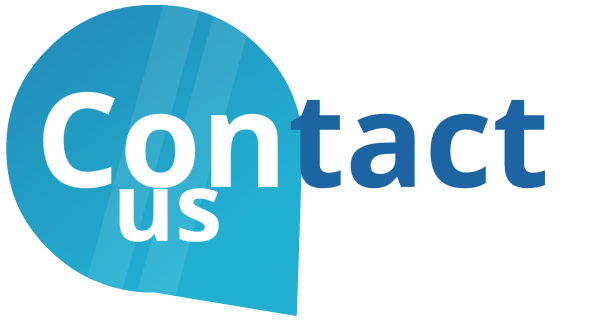McKinsey found that currently demonstrated technologies including RPA and AI can fully automate 42 percent of finance activities and mostly automate a further 19 percent. RPA and AI have brought a revolution in finance operations. These technologies not only automate repetitive tasks but also empower humans to do more. Almost every financial institution is looking to improve efficiency and reduce costs. In particular, RPA is widely used in finance to automate repetitive, high-volume tasks such as data entry, account reconciliation, and document processing. This helps to reduce errors, improve accuracy, and free up employees to focus on more value-added tasks.
A study by McKinsey shows what can be automated to which level in the finance function
How artificial intelligence (AI), Robotic Process Automation (RPA), and other technologies are transforming the finance function?
- Automation of repetitive tasks: RPA can automate repetitive and time-consuming tasks such as data entry, invoice processing, and reconciliation.
- Improved efficiency and accuracy: AI-powered systems can analyze large amounts of data and provide insights that can help improve efficiency and accuracy in financial forecasting, budgeting, and risk management.
- Better decision-making: AI-powered systems can provide real-time data and analytics, enabling finance professionals to make more informed decisions.
- Fraud detection: AI-powered systems can detect patterns and anomalies that may indicate fraud, improving the ability of the finance function to detect and prevent fraud.
- Improved customer service: AI-powered chatbots and virtual assistants can handle routine customer inquiries, freeing up finance professionals to focus on more complex tasks.
Overall, AI and RPA are helping finance functions to become more efficient, accurate, and effective, allowing them to spend more time on high-value activities, such as strategic planning and decision-making.
Add Your Heading Text Here
RPA (Robotic Process Automation) and AI (Artificial Intelligence) have a variety of potential use cases in finance. Here are a few examples:
- RPA can automate repetitive, high-volume tasks such as data entry, account reconciliation, and document processing.
- AI can be used to predict market trends, identify fraudulent transactions, and assist with portfolio management.
- RPA and AI can be combined to help with invoice processing, by using optical character recognition (OCR) to extract data from invoices and then using AI to automatically classify and route the invoices for approval.
- AI can also be used to automate customer service through chatbots, which can respond to simple customer inquiries 24/7.
- RPA and AI can be used in combination to automate KYC (Know Your Customer) process, which can help financial institutions to onboard customers faster and more efficiently.
- AI can be used to improve the accuracy of financial forecasting and budgeting.
Automation is inevitable and has already started to reshape the future of work in the finance function. CFOs need to be well-informed and should build the right digital strategy to handle the disruption and to be in the race.
-
Soumen Dashttps://intelgic.com/insights/author/admin/
-
Soumen Dashttps://intelgic.com/insights/author/admin/
-
Soumen Dashttps://intelgic.com/insights/author/admin/
-
Soumen Dashttps://intelgic.com/insights/author/admin/


